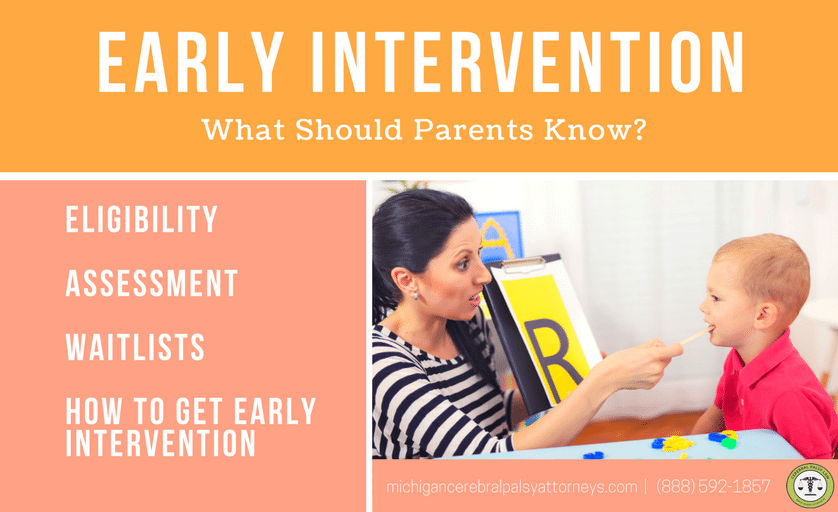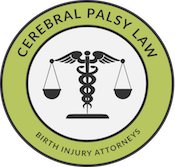
Early Intervention is a service that many states provide to families with children with developmental delays. These services are one of the first ways that parents can help their children reach their milestones, but parents should also know that they may be placed on a waitlist to receive services.
Eligibility for Early Intervention
Early Intervention services are provided by local and state governments to families of children who have developmental delays or whose health profiles puts them at high risk for developmental delays. Typically, children in EI are between the ages of zero and three years old (one of the reasons why such programs are also called Zero to Three programs). After that age, they are often covered by their local school districts.
Assessment for Early Intervention
Parents can try to secure EI services in one of a few different ways. If something happened at birth that put the child at risk of developmental delays, they can ask for a referral to a developmental clinic that specializes in assessing children’s development. They can also ask their pediatrician to refer them to EI services. In some cases, they can directly contact their state’s Developmental Disabilities Office, which can point them towards Early Intervention programs.
Babies and children are assessed for developmental milestones either in their pediatrician’s office, in a developmental clinic, or directly by the Early Intervention service provider. These assessments help parents and medical staff understand how the child is growing and developing, which helps inform what kinds of services the child may need. Once the assessment is done, parents are often given a referral for specialized services depending on their child’s situation. Some children might need just speech therapy, or just physical therapy, while other children may need a combination of speech. physical and occupational therapy.
Waitlists for Early Intervention
One of the unfortunate realities of Early Intervention programs, however, is that there is very high demand for these kinds of services. This means that some families may have to wait a long time to receive services, or they may be placed on a waitlist in areas that don’t have many EI service providers.
What this high demand also means is that, functionally, the children being served by such programs are those who are already missing major developmental milestones. In turn, this means that children who are at risk but have not yet developed major delays may not be served until much later. In the end, this may mean a delay of services for some children, and a missed opportunity for the earliest intervention – when interventions have the most impact. This means that parents may want to find other ways of funding their child’s therapies.
Other Ways to Get Early Intervention Services
In the case of developmental delays caused by birth injuries, parents may want to speak to a birth injury attorney. A birth injury attorney can review the child’s medical records and help parents decide about pursuing a legal case against the service providers who caused the birth injury. The funds from a legal case can be structured in such a way as to provide monthly installment payments to the family to help cover the covers of therapy, medical equipment and other costs of care.
It’s important to speak to a birth injury attorney as soon as parents suspect a birth injury because birth injury cases are very complex and can take some time to litigate. There is a deadline called a ‘statute of limitations’ past which parents can’t pursue a birth injury case at all. Families seeking a birth injury case past this deadline don’t have legal options left, so keeping track of timing is paramount.
Additional Resources:
- Early Interventions: Overview
- Finding Early Intervention
- Early Intervention: Q+A
- Basics of Early Intervention
